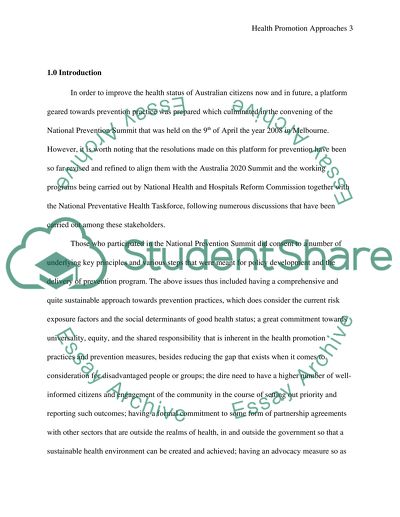Cite this document
(“Health Promotion Approches used in the National Prevention Summit 2008 Essay”, n.d.)
Health Promotion Approches used in the National Prevention Summit 2008 Essay. Retrieved from https://studentshare.org/health-sciences-medicine/1580752-health-promotion-approches-used-in-the-national-prevention-summit-2008
Health Promotion Approches used in the National Prevention Summit 2008 Essay. Retrieved from https://studentshare.org/health-sciences-medicine/1580752-health-promotion-approches-used-in-the-national-prevention-summit-2008
(Health Promotion Approches Used in the National Prevention Summit 2008 Essay)
Health Promotion Approches Used in the National Prevention Summit 2008 Essay. https://studentshare.org/health-sciences-medicine/1580752-health-promotion-approches-used-in-the-national-prevention-summit-2008.
Health Promotion Approches Used in the National Prevention Summit 2008 Essay. https://studentshare.org/health-sciences-medicine/1580752-health-promotion-approches-used-in-the-national-prevention-summit-2008.
“Health Promotion Approches Used in the National Prevention Summit 2008 Essay”, n.d. https://studentshare.org/health-sciences-medicine/1580752-health-promotion-approches-used-in-the-national-prevention-summit-2008.


